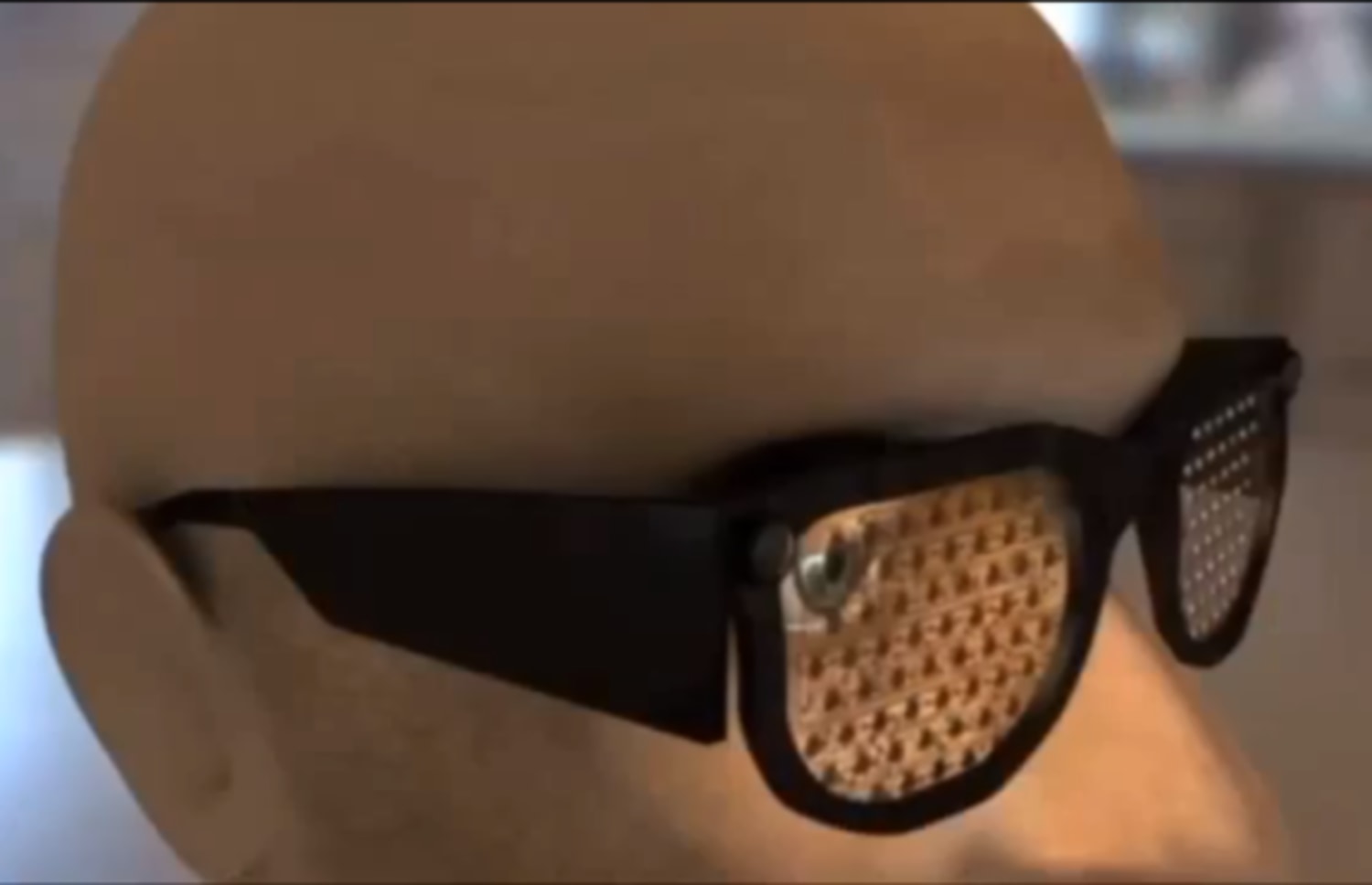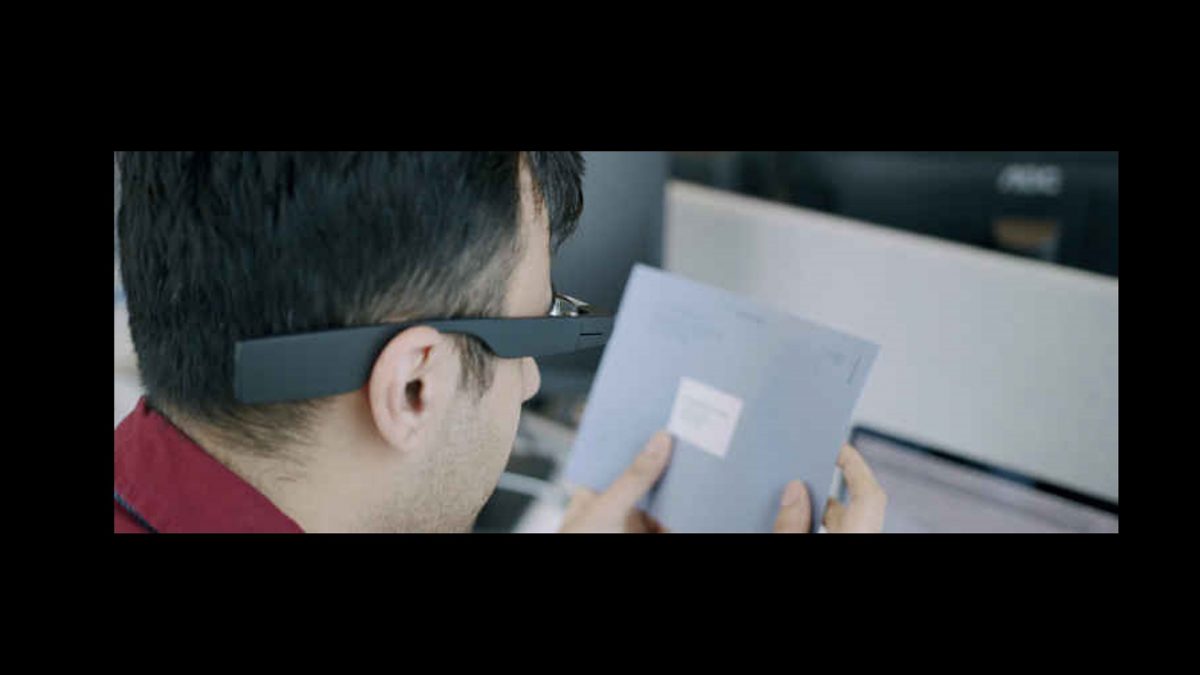The Future of Assistive Technology for the Blind: Empowering Independence
The Future of Assistive Technology for the Blind: Empowering Independence
Blog Article
Empowering Independence With Assistive Technology for the Blind
The integration of assistive modern technology for individuals who are blind or aesthetically impaired represents a considerable advancement in cultivating self-reliance and boosting lifestyle. With a series of tools-- from screen visitors to ingenious responsive tools-- these modern technologies not only facilitate navigation and interaction but likewise promote social addition and engagement in different elements of life. As we explore the diverse sorts of assistive devices and their real-world applications, it ends up being clear that the influence is profound. Yet, the advancement of this technology increases crucial inquiries about availability and future growths that require further assessment. Assistive technology for the blind.
Understanding Assistive Technology
Although assistive technology has evolved substantially for many years, its basic objective remains the same: to enhance the quality of life for people with impairments, especially those who are visually damaged or blind. This innovation includes a broad variety of devices and tools that facilitate freedom and capability in everyday activities.
Assistive innovation can be categorized right into state-of-the-art and low-tech remedies, each created to satisfy specific demands. Sophisticated gadgets usually include software application applications, specialized hardware, and adaptive tools that make use of sophisticated innovation to offer assistance in numerous contexts. On the other hand, low-tech services might involve everyday products that are changed to enhance accessibility, such as magnifiers or responsive markers.
The assimilation of assistive innovation into the lives of people who are blind or aesthetically impaired not just promotes freedom but likewise fosters social incorporation and participation in specialist and academic settings. By leveraging these technologies, individuals can browse their surroundings, accessibility information, and interact properly, thus enhancing their general lifestyle. Understanding assistive innovation is essential for supporters, caregivers, and experts who intend to support individuals in optimizing their potential and achieving greater independence.
Kinds Of Assistive Tools
Assistive gadgets for the blind and visually damaged are vital devices that boost daily living by attending to specific obstacles come across by users. These tools can be extensively classified right into 3 major kinds: optical devices, digital devices, and sensory tools.

Sensory tools, such as Braille displays and tactile maps, offer alternative ways to receive info. Braille shows convert digital text into Braille, making it possible for users to check out touch. Tactile maps provide spatial understanding via raised structures and lines, permitting much better environmental recognition.
Together, these assistive devices equip people with visual impairments to involve even more totally with their surroundings, advertising better self-reliance and confidence in everyday tasks.

Influence On Day-to-day Live
The assimilation of assistive modern technology right into the day-to-day lives of people that are aesthetically damaged or blind significantly improves their ability to browse and connect with the globe around them. Tools such as screen viewers, Braille displays, and mobile applications help with accessibility to info, allowing individuals to engage with digital web content, interact effectively, and handle everyday tasks individually.
Moreover, modern technologies like clever glasses and navigation applications supply real-time assistance in unknown environments, boosting movement and self-confidence. These tools make it possible for individuals to identify challenges, read signs, and also acknowledge faces, hence promoting a feeling of freedom in public areas. Additionally, home automation systems, which can be managed via voice commands, allow individuals to handle their living environments better, boosting convenience and security.
The influence of assistive technology prolongs beyond sensible tasks; it promotes social incorporation and emotional wellness. By linking the void between people and their surroundings, these innovations encourage users to participate totally in community activities, go after instructional chances, and participate in meaningful connections. Inevitably, the advancement of assistive modern technology is important in redefining the opportunities for people that are aesthetically damaged or blind, bring about a more comprehensive and available culture.
Success Stories and Endorsements

Another effective endorsement originates from Mark, a recent college graduate that made use of display analysis software throughout his scholastic trip. This technology enabled him eye strain to gain access to program materials and take part in conversations, eventually causing his effective change into the workforce. Mark credit scores assistive innovation for equipping him eye vision test to accomplish his career objectives, highlighting its role in leveling the playing field for people with visual problems.
Furthermore, recreation center have actually reported boosted participation in their programs many thanks to the introduction of obtainable digital systems. These systems have made it simpler for people to connect, share sources, and support one an additional. These success stories jointly highlight the profound result of assistive innovation in cultivating self-reliance, enhancing quality of life, and damaging down barriers for the visually damaged and blind neighborhood.
Future Fads in Assistive Tech
Arising technologies are positioned to transform the landscape of assistive technology for individuals who are blind or aesthetically impaired. Advancements in artificial intelligence (AI) and equipment discovering are improving the capabilities of tools, enabling more user-friendly customer experiences. As an example, AI-driven applications are progressively able to read and recognize items message aloud in real-time, supplying customers with valuable information regarding their environments.
Additionally, improvements in wearable modern technology are creating brand-new opportunities for independence. Smart glasses geared up with increased fact attributes can overlay crucial information onto the customer's area of vision, assisting in navigating and communication with the environment. Furthermore, the assimilation of Net of Points (IoT) gadgets is improving accessibility in clever homes, enabling users to regulate appliances and obtain alerts with voice commands or responsive user interfaces.
The growth of braille screens and tactile responses systems is likewise rising, promoting accessibility to digital web content and enhancing interaction. As these technologies proceed to develop, they promise to improve day-to-day living, academic possibilities, and employment leads for individuals with aesthetic problems. Continuous partnership in between technologists, individuals, and campaigning for teams will be crucial in guaranteeing these technologies satisfy the demands of the community successfully.
Verdict
To conclude, assistive technology plays an essential duty in enhancing the self-reliance of people that are blind or aesthetically damaged. By offering crucial tools and resources, these innovations promote boosted accessibility, navigating, and interaction to information, thereby promoting freedom and positive self-image. The transformative influence of assistive tools not just advertises reliable communication with the setting yet additionally urges social incorporation and participation in numerous facets of life, inevitably encouraging individuals to flourish within their areas.
The integration of assistive technology for individuals that are visually impaired or blind stands for a substantial innovation in fostering freedom and improving top quality of life.The integration of assistive modern technology right into the lives of people that are blind or visually harmed not just promotes freedom however also fosters social incorporation and involvement in instructional and specialist settings. Eventually, the development of assistive innovation is important in redefining informative post the possibilities for individuals who are aesthetically impaired or blind, leading to an extra comprehensive and accessible society.
Lots of individuals that are aesthetically damaged or blind have shared motivating success stories that highlight the transformative effect of assistive innovation on their lives.In conclusion, assistive innovation plays a pivotal function in enhancing the independence of people who are blind or aesthetically damaged.
Report this page